dài, lì
subservient
Original meaning:
catch from behind
Depicts a hand (又) grabbing a tail (尾) from behind. Based on the original meaning "catch from behind", now written as 逮. Also used as the simplified form of 隸.
Components
Evolution

Bronze script
Late Spring and Autumn (~500 BC)
Seal script
Chu (Warring States: 475-221 BC)
Seal script
Shuowen (~100 AD)Regular script
ModernDefinitions
Component uses
Iconic component in 1 character (1 verified)
Sources
